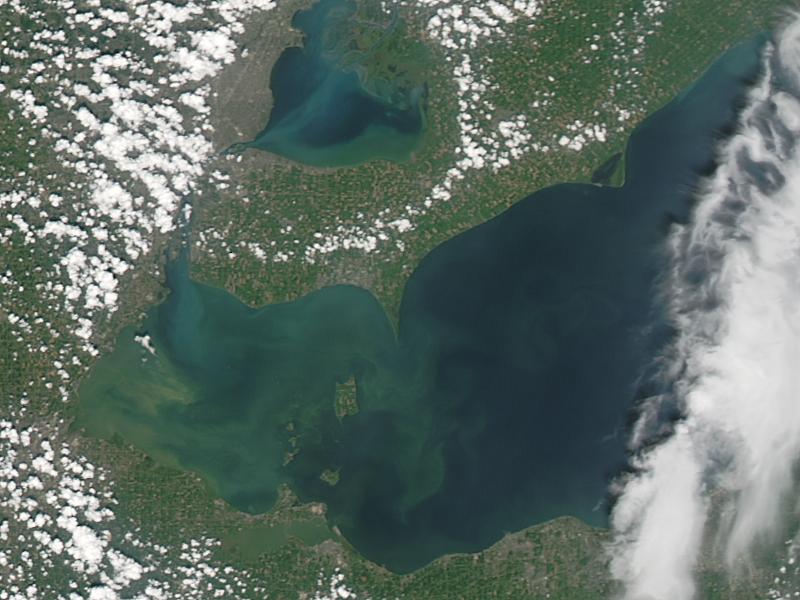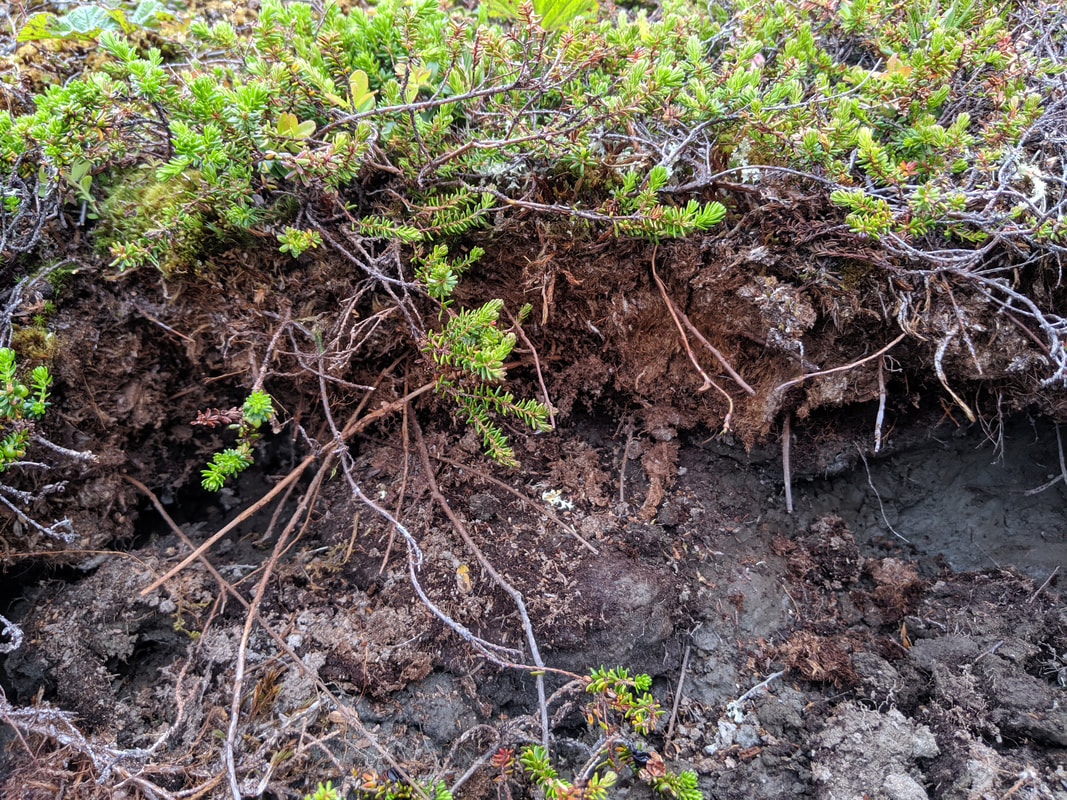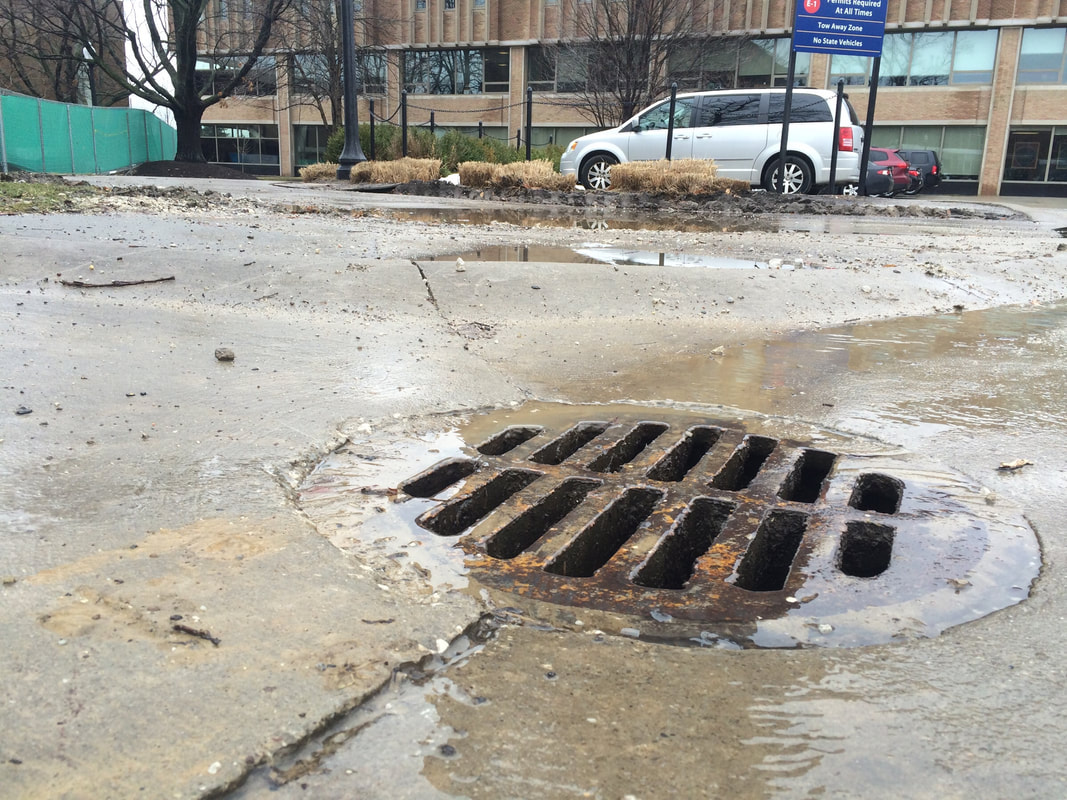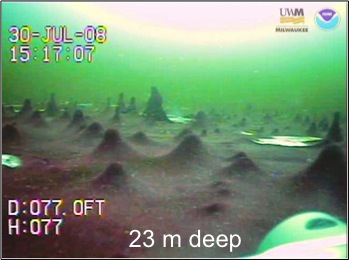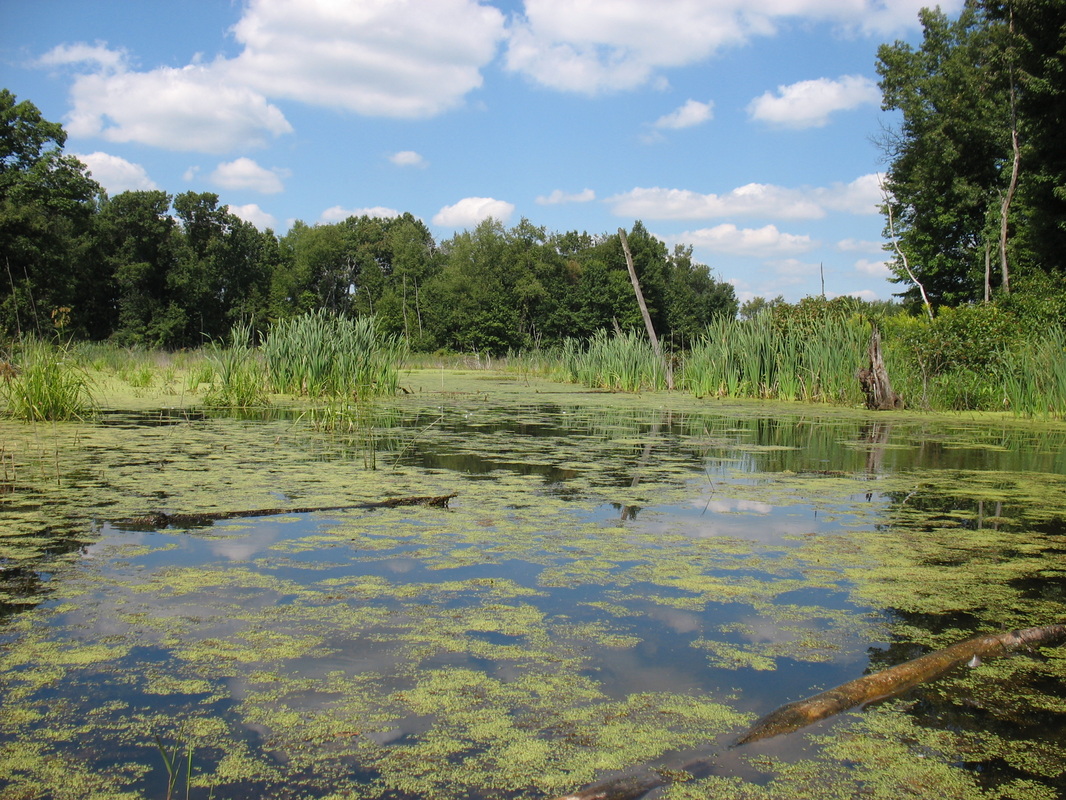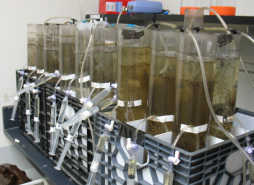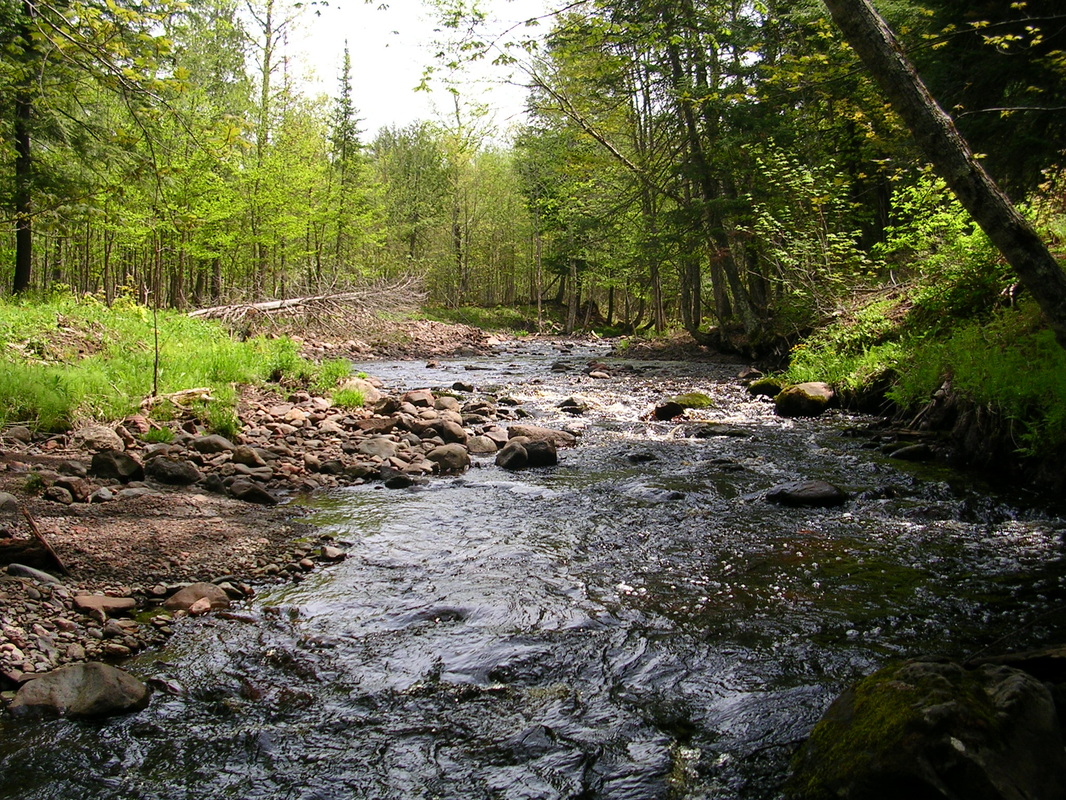Our lab explores how wetlands work.
|
Permafrost soil profile revealed by degrading palsa in Stordalen Mire, Abisko, Sweden.
Storm drains carry runoff containing road salt and other stressors to urban wetlands, potentially impacting their biogeochemical function
|
Dissolved Organic Carbon in Freshwater Ecosystems
|
|
|
Dissolved organic carbon (DOC) plays many important roles in aquatic ecosystems, depending on the amount of DOC present and its chemical characteristics. As a researcher in Gary Lamberti’s lab at the University of Notre Dame, and with Paul Frost, James Larson, and others, I investigated the role of colored DOC in ultraviolet radiation attenuation in streams and the relationship of DOC quantity and quality to aquatic ecosystem biogeochemistry. This research was conducted in the Upper Peninsula of Michigan in and around the University of Notre Dame Environmental Research Center.
Frost, P.C., L.E. Kinsman, C.A. Johnston, and J.H. Larson. 2009. Watershed discharge modulates relationships between landscape components and nutrient ratios in stream seston. Ecology 90(6): 1631-1640. Frost, P.C., J.H. Larson, L.E. Kinsman, G.A. Lamberti, and S.D. Bridgham. 2005. Attenuation of ultraviolet radiation in streams of northern Michigan. Journal of the North American Benthological Society 24: 246-255. |
|
